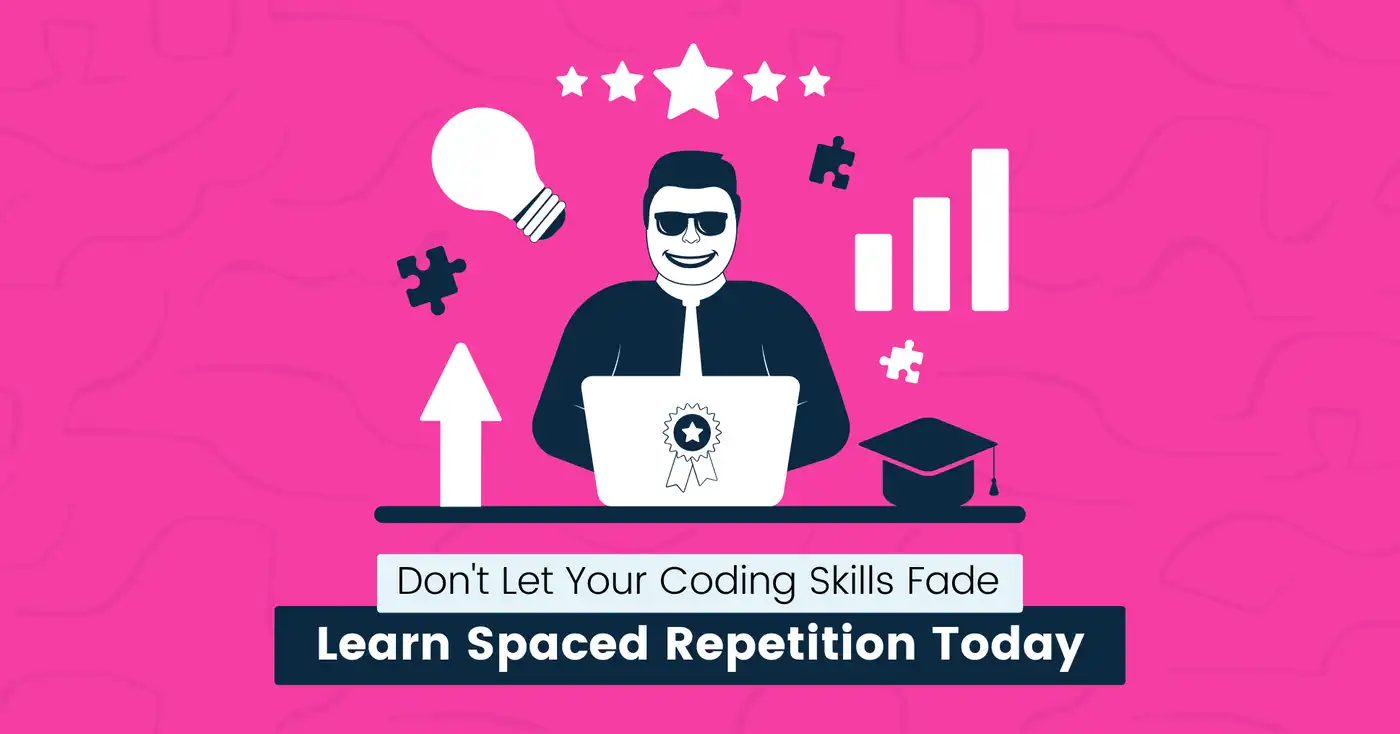
Learn Spaced Repetition Today: Don't Let Your Coding Skills Fade (2024)
Imagine you forget important concepts just when you need them most.
Or you spend hours learning a new skill, only to have the information slip away over time.
This slows down your progress and leads to wasted time and effort as you go back over the same material repeatedly.
But what if there was a way to keep what you learn fresh in your mind?
A simple solution is spaced repetition. By reviewing topics at strategic intervals, you can spend less time studying and retaining key information for a long time.
This guide will show you how you can use this study technique to learn effectively.
By the end of this guide, you will know:
- What is spaced repetition, and how does it work?
- Why is it the best method for learning?
- How to use space repetition effectively?
Let’s get started.
What is Spaced Repetition?
Spaced repetition is a learning method that helps you remember more information in less time.
It involves reviewing the material at gradually increasing intervals to keep your memory fresh.
Instead of cramming everything into one long study session, you divide it into multiple smaller sessions spread over a longer time span.
Think of it as spacing out your learning over time so your brain has a chance to retain the information better.
The more frequently you see something, the less often you will need to refresh your memory.
Theory Behind Spaced Repetition
The concept is based on how the human brain perceives memory.
When you learn something new, your brain initially stores it in short-term memory.
If you don’t strengthen that memory by revisiting it, you start forgetting important details.
This is supported by evidence-based research conducted by a German psychologist, Hermann Ebbinghaus.
He demonstrated this using a forgetting curve that shows how humans forget information over time. In short, you will forget:
- 50% of what you have learned after 1 hour.
- 70% of the information within 24 hours.
- And up to 90% in a week.
Although the memory is not completely erased, you cannot retrieve it because your ability to access it fades over time.
Consider it like computer storage: You save the file somewhere but can’t find it when you need it.
Spaced repetition fights against this by reminding your brain to check in or recall the material just as you are about to forget it.
This gives your brain time to absorb and store information and turn short-term memory into long-term memory.
Example:
Imagine you have a week to learn a new software tool.
You may either cram all the learning material the night before you are due to use the tool, or you can break it down into short daily sessions and repeat what you have learned every two days.
Both approaches will work and allow you to use the software.
However, if you use spaced repetition, you can retain and use your skills more effectively and for a longer time.
snappify will help you to create
stunning presentations and videos.
Benefits of Spaced Repetition In Learning
This learning technique has many benefits, especially for new developers who want to learn and retain technical concepts more efficiently.
Here are some key benefits of learning using this technique:
Increase Retention
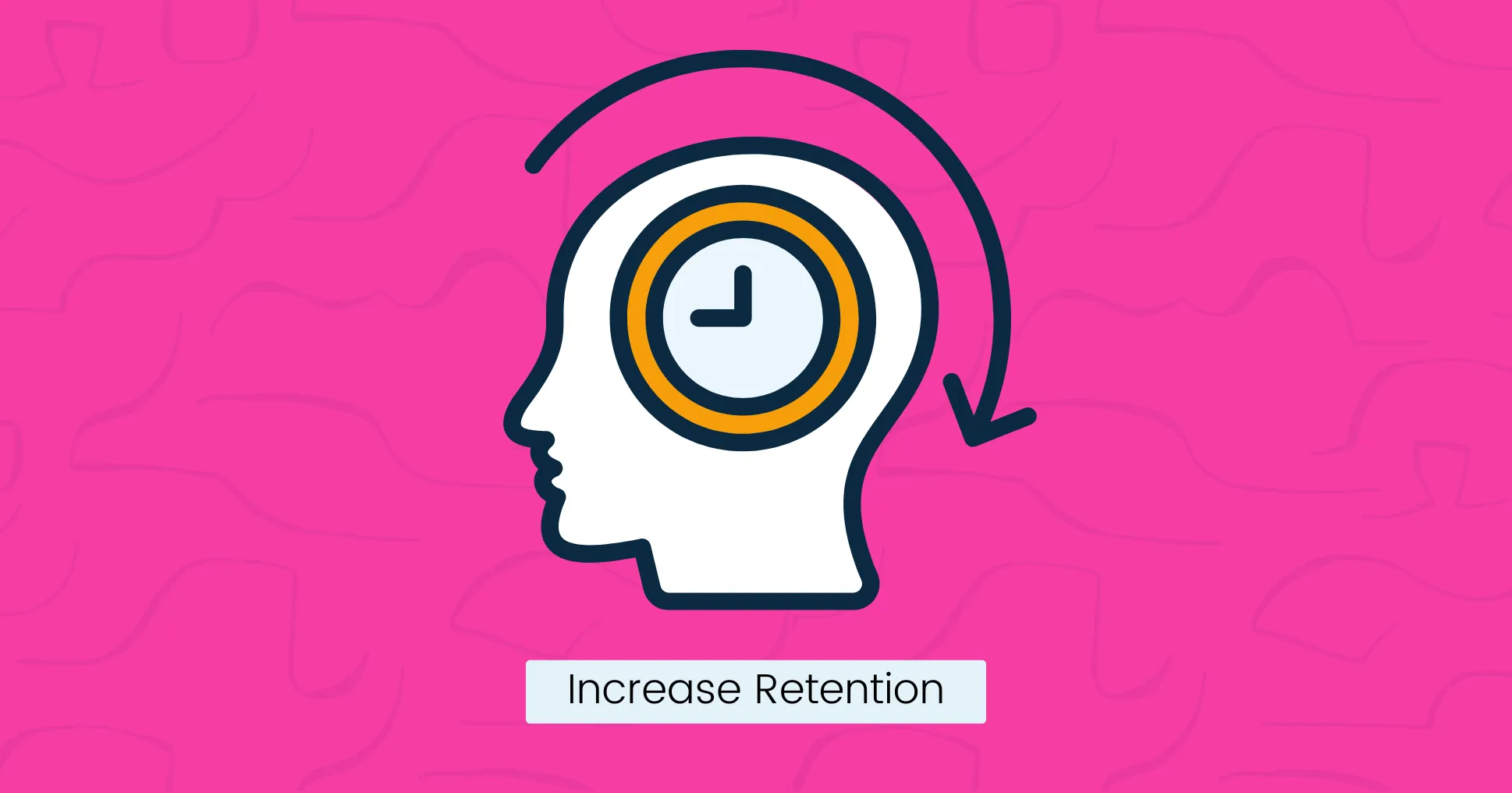
Our brain naturally forgets things that are not regularly seen or used.
Spaced repetition makes the forgetting curve less steep since each time we review something, it stays in our memory for a long time.
For example, if you are learning a new programming language, reviewing basic concepts just as you start to forget them refreshes your memory.
This makes the material stick, making it easier to recall the information later on.
Less Cognitive Overload
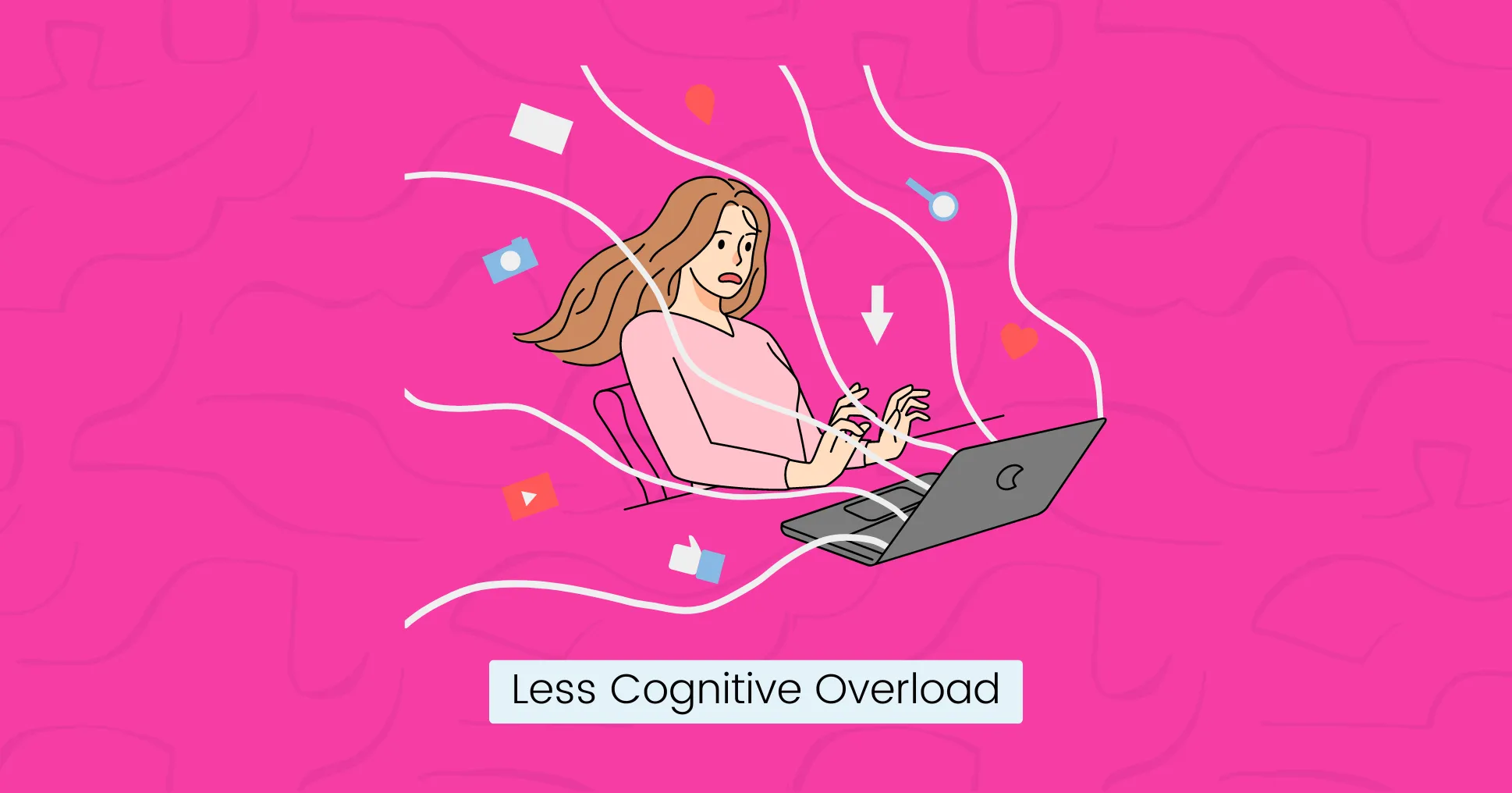
When you consume all the material in one long study session, it leads to cognitive overload.
Your brain gets overwhelmed, making it harder to retain information.
Spaced repetition separates learning over manageable chunks of time to reduce the mental strain.
For example, if you are learning JavaScript, you might learn functions today, review them after a few days, and revisit them next week.
Saves Time and Energy
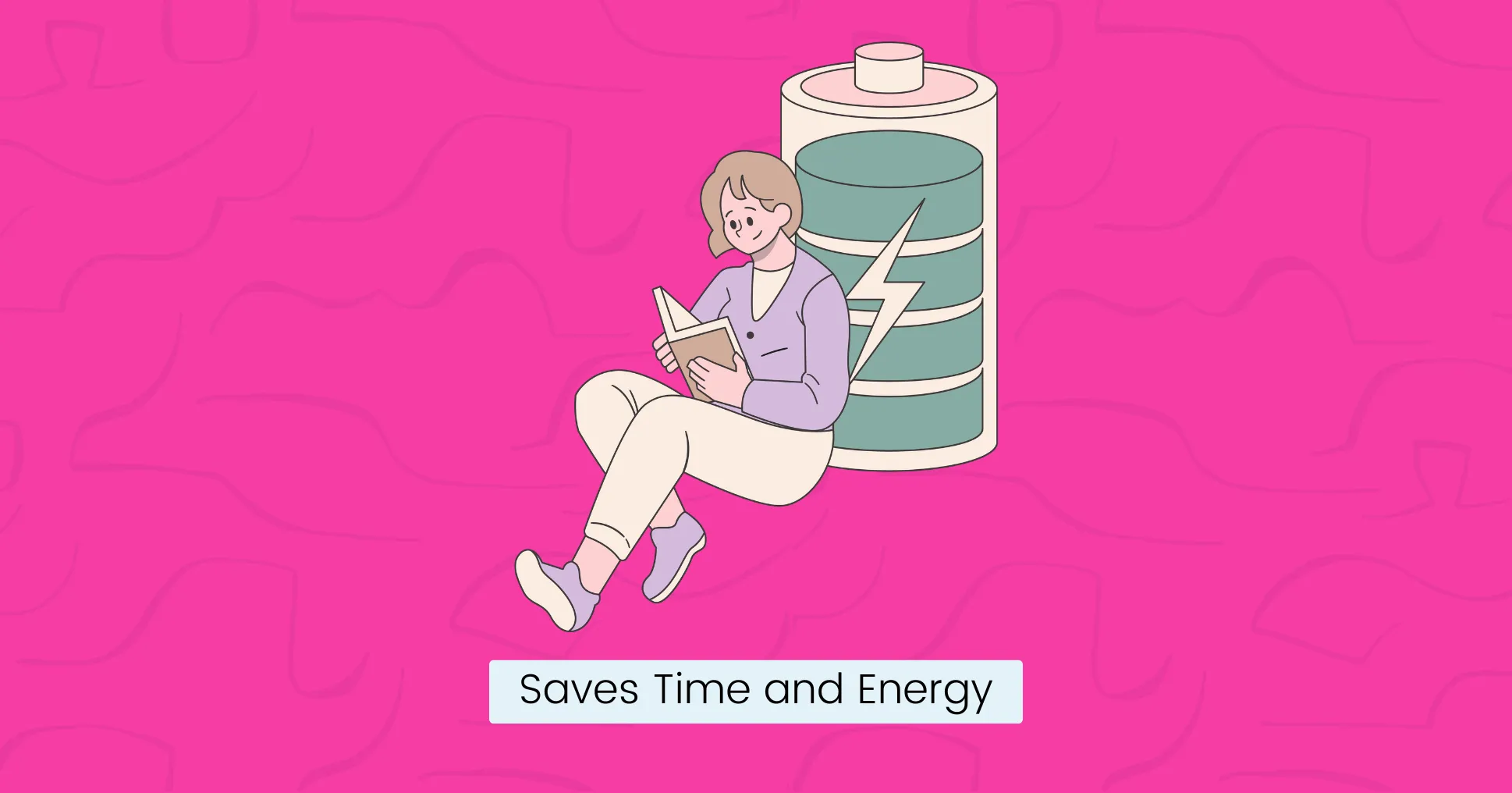
Spaced repetition is a powerful learning strategy that focuses on revisiting the information you are most likely to forget.
As a result, you focus your time and attention on what matters most.
This makes your study sessions more productive and helps you avoid wasting energy.
For example, when learning software development, you don’t need to review the basics daily.
You can review complex algorithms at specific time intervals to retain them without wasting time on what you already know.
Better Understanding
Spaced repetition involves learning through active recall, where you use flashcards, quick quizzes, or active thinking to learn something.
Each review session with spaced intervals helps you remember the material while solidifying your grasp.
It means you don’t just learn something for the sake of it but truly understand it and can put it into practice.
This is especially important for software developers, who have less time and more to learn in order to keep up with rapidly changing technology.
Tip:
Use the Feynman learning technique to simplify complex topics into concepts that are easy to understand and memorize.
Continuous Learning
Development is a field where learning never stops, whether it is a new programming language or a tool.
By breaking the process into spaced intervals, you can absorb new knowledge and keep your skills relevant without burnout.
For example, imagine you are learning Python.
You can review the core concepts after a week, then a month later, and so on.
This way, when it comes time to use it in a project, you will not have to start from scratch.
Problem-Solving Skills
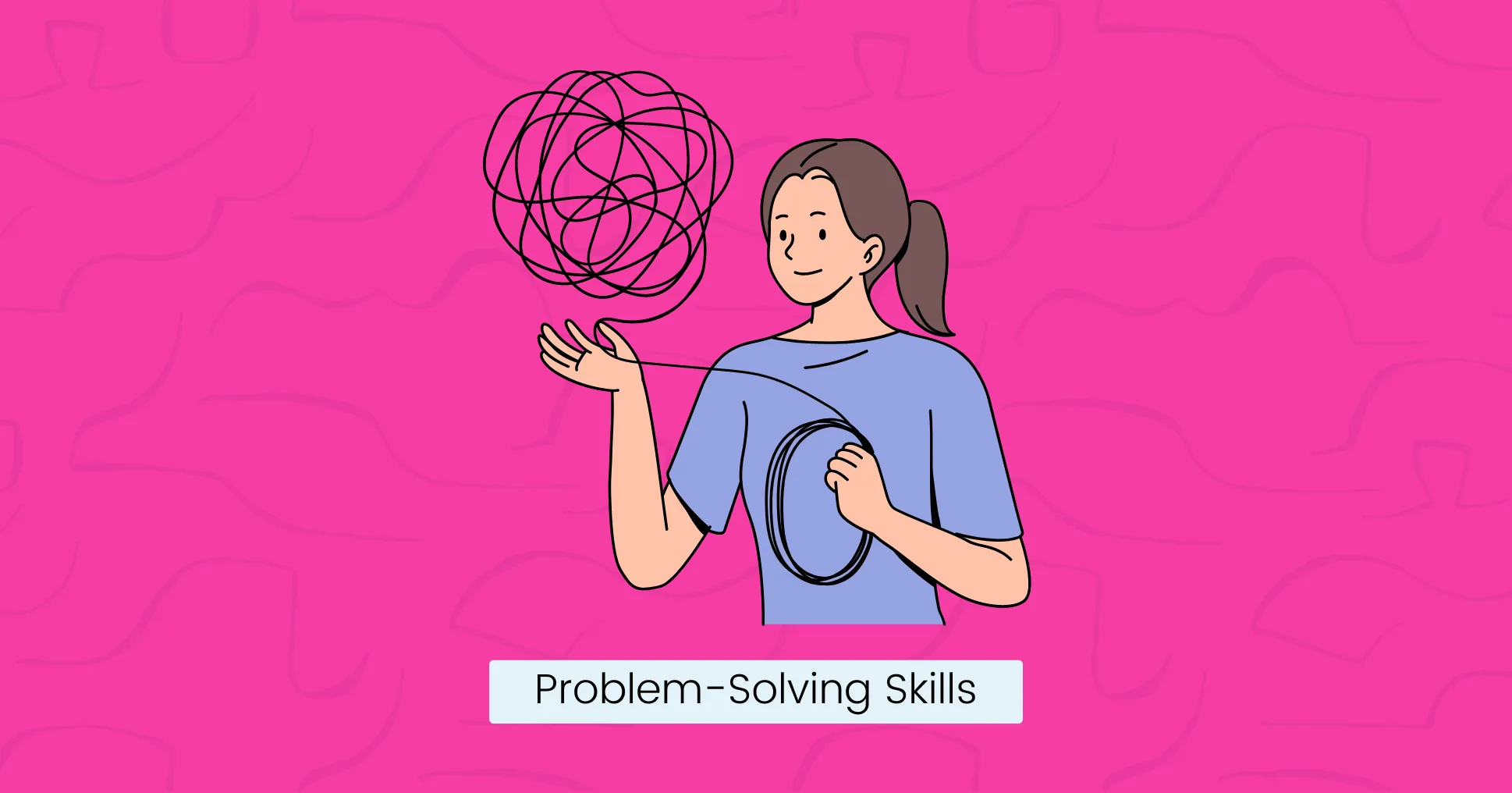
Revisiting concepts over time and actively engaging with different pieces of information allows you to see how they connect.
This spaced learning helps you understand how and why something works as it does.
This improves your problem-solving abilities and equips you to apply your skills in real-world scenarios.
Tip:
Learn how to solve coding problems to improve your problem-solving skills as a web developer.
Improve Confidence
Applying spaced repetition in your workplace learning and development enhances memorization and retention abilities.
This gives you more confidence to take on new challenges and solve problems with a fresh perspective and informed thinking.
How to Use Spaced Repetition Effectively?
To use spaced repetition for effective learning, you need a system that helps you review information at just the right time.
The idea is to relearn something before you forget it, but not so often that you are wasting time.
Here’s a step-by-step guide to using spaced repetition effectively:
Break Down What You Need to Learn
Let’s say you are learning web development and have just learned twenty new programming definitions and terms.
Instead of reviewing them every day, you need to focus on specific terms that you find difficult or are likely to forget.
Use Flashcards
Flashcards are one of the best ways to implement a spaced repetition system.
You can customize how often you view them based on your learning progress.
It allows you to review multiple times, but each review happens farther apart than the last.
The Leitner system, also known as the box method, is a simple but effective way to use flashcards to learn.
Here’s how it works:
- Start with writing what you want to learn on a set of flashcards.
- Divide the cards into different boxes based on their difficulty level. For example, you can label Box 1 for cards you struggle with and Box 2 for cards you know a bit better.
- Use a different study time interval for each box. For example, you can review Box 1 every day, Box 2 every other day, Box 3 a week later, and so on.
- When you answer a card correctly, move it to the next box so you will review it less often.
- If you get a card wrong, move it back to the first box so you can review the material more frequently.
- This way, the concepts that are at your fingertips are reviewed less, while the difficult ones get more attention.
Review at Key Intervals
You don’t need to follow a strict spaced repetition schedule to learn.
The goal is to create intervals based on how easily you remember the information.
Many factors influence optimal intervals, such as:
- Learning capacity: Some people have a stronger ability to retain information and memorize topics quickly. It depends on individual skills. You can adjust the intervals based on your learning ability.
- Timeline: It depends on how much time you have to learn. Shorter intervals may be better if you have a deadline approaching.
- Complexity: Not all material is equally difficult to learn. Start with shorter intervals for easier recall when learning a complex topic. You can gradually increase the intervals once you have established a clear concept.
Try different intervals to see what works best for you without overloading your brain.
Here is a general idea of how to create intervals:
- 1st repetition: 1 day after learning
- 2nd repetition: 3 days later
- 3rd repetition: 7 days later
- 4th repetition: 14 days later
- 5th repetition: 1 month later
If you can’t find the right balance, you can use tools and apps to make the process easier.
Spaced Repetition Apps and Tools
Spaced repetition software tools automatically schedule reviews at the right intervals.
These tools use algorithms to analyze performance and create intervals accordingly.
For example, if you remember something easily, the app will push the next review further out. If you struggle, it reminds you to review more.
Some benefits of using digital tools include:
- Spaced repetition algorithms for individual learning ability.
- Customization options for review schedule.
- Community support and multiple flashcard decks to choose from.
- Cross-platform availability (Windows, Android, iOS).
Here are some popular spaced repetition apps you can check out:
- Anki
- SuperMemo
- Quizlet
- Memoo
snappify will help you to create
stunning presentations and videos.
Final Words
Spaced repetition is a smart learning method to retain knowledge without disturbing your busy life.
By using this repetition practice, you can learn more efficiently and keep your skills relevant and updated.
If you like this article, you will also enjoy:
FAQs:
What are the common challenges in spaced repetition?
Some common challenges in spaced repetition include:
- Maintaining Consistency: It requires regular reviews, and missing sessions can disrupt progress.
- Time Management: Keeping up with growing review lists can be difficult.
- Finding the right intervals: Finding the right spacing intervals can be tricky, as some materials may need more frequent reviews.
What are the best practices for spaced repetition?
Here are the best practices you can follow:
- Review new material within 24 hours.
- Use apps for automated scheduling.
- Stick to your review schedule without skipping sessions.
- Spend more time on what you find challenging.
